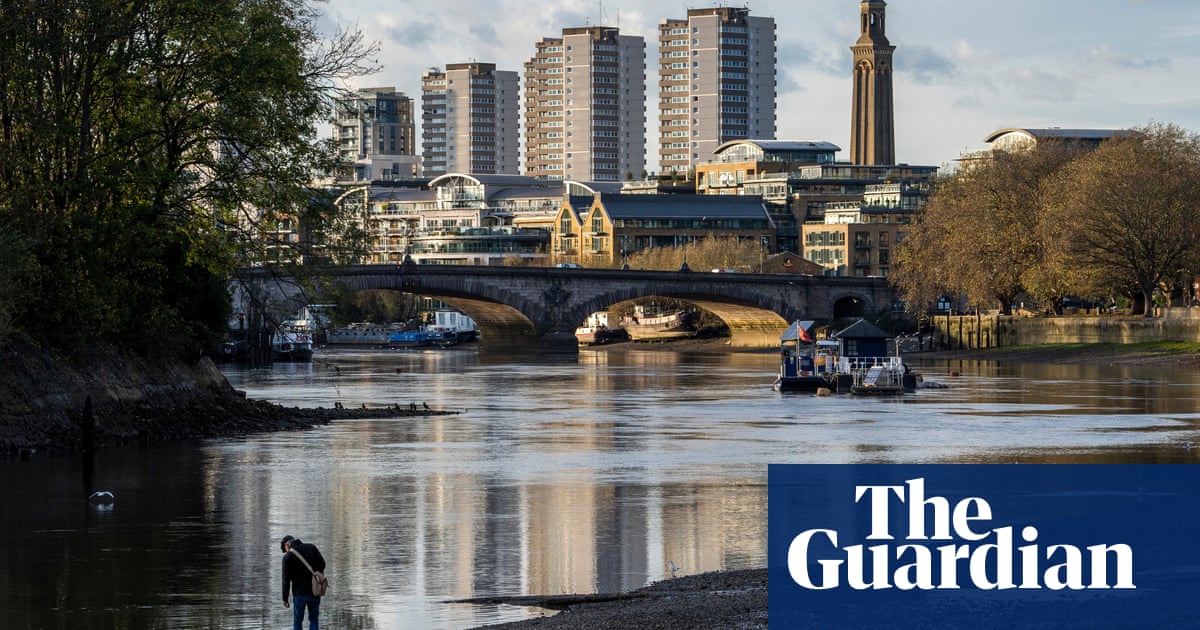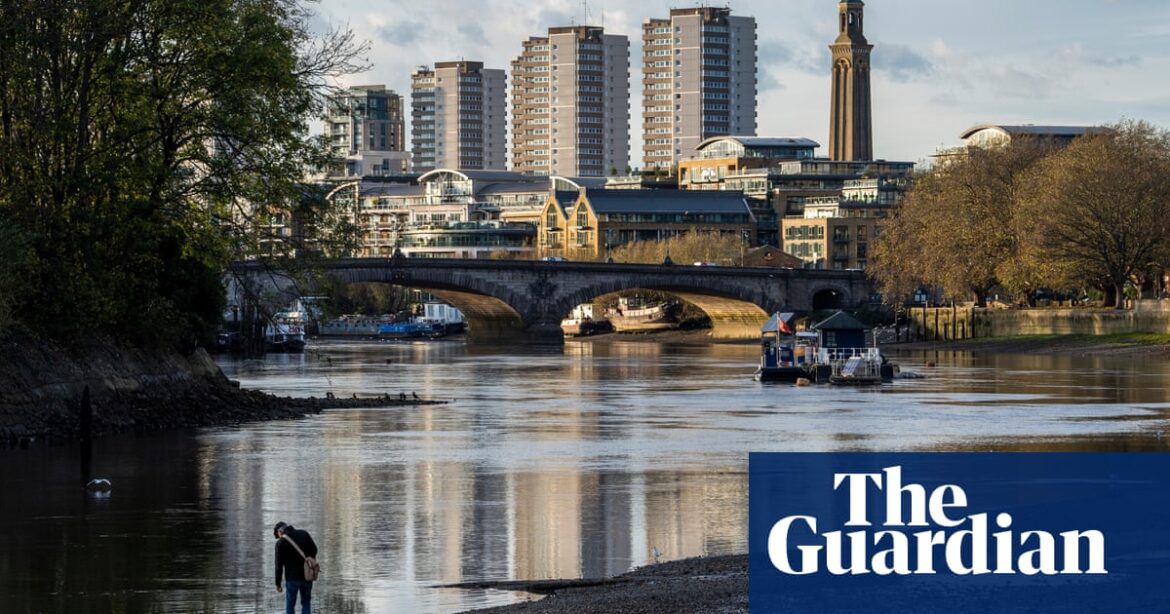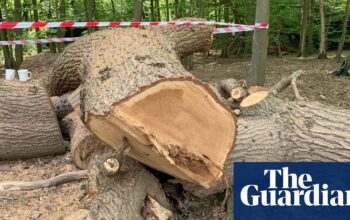
Whether fuelled by social media or prompted by the Covid lockdowns, the years between 2019 and 2022 saw a huge surge in interest in mudlarking on the foreshore of the River Thames in London.
The practice of exploring the riverbank for archaeology is permitted only with a permit from the Port of London authority (PLA), which owns much of the shoreline. But so dramatic was the growth in demand for permits – from 200 applications in 2018-19 to more than 5,000 three years later – that the port suspended the scheme in 2022 to “protect the integrity and archaeology of the foreshore”.
Now, after consultations with the crown estate, the London Museum and Historic England, the PLA is reopening the scheme for applications, having introduced changes that it says will make mudlarking accessible to everyone while safeguarding the river.
Overall permit numbers will now be capped at 4,000, and these will be valid for one year rather than three. In addition, the option for permit-holders to automatically renew has been removed. Those interested can instead sign up for a waiting list, which launches at midday on Wednesday 2 October.
The changes were introduced because demand had surged to a level “that was just too much for the foreshore to sustain”, said Pippa Barber, head of statutory consents and compliance at the PLA. “There is only a certain amount of foreshore, and there is only a certain amount of history. History only happens once, a pipe only gets dropped once, and once it’s gone, it’s gone for ever.
“This is the longest archeological site in the UK, with finds going back thousands and thousands of years. And we wanted to make sure that we’re doing the right thing to protect that historic foreshore, not just for the current but for future generations as well.”
Permits allow mudlarkers to explore the tidal riverbank between Teddington lock in Twickenham, west London, and the Thames Barrier, close to London City airport in the east, with a few exceptions, such as around Queenhithe dock in the City and the Great Eastern slipway in the Isle of Dogs, both of which are scheduled ancient monuments.
The popularity of mudlarking is reflected in a forthcoming exhibition Secrets of the Thames: Mudlarking London’s Lost Treasures, which opens next April at the London Museum, and promises to showcase a range of riverside finds from coins and clay pipes to a Viking-era dagger.
Despite the promise of lost treasure, however, everything found by mudlarkers remains the property either of the PLA or the crown estate as landowners, and legally must be reported to the Portable Antiquities Scheme at the London Museum. That applied even if items were not in themselves terribly valuable, said Barber.
“What it means is that we can keep an archeological record of the Thames,” she said. “If things aren’t reported, then we just don’t know that they were ever there in the first place.”
Given the huge interest, does she fear the river’s archaeology might be at risk of being exhausted? “Partly; restricting the number to 4,000 is to try to stop that. But the amount that is still being found shows that that’s not necessarily the case,” she said.
“For us, it’s about making sure that we have a wide range of people who are able to access the unique history of the foreshore, that they do it safely, and that we can protect the foreshore and its history for future generations.”
Source: theguardian.com


